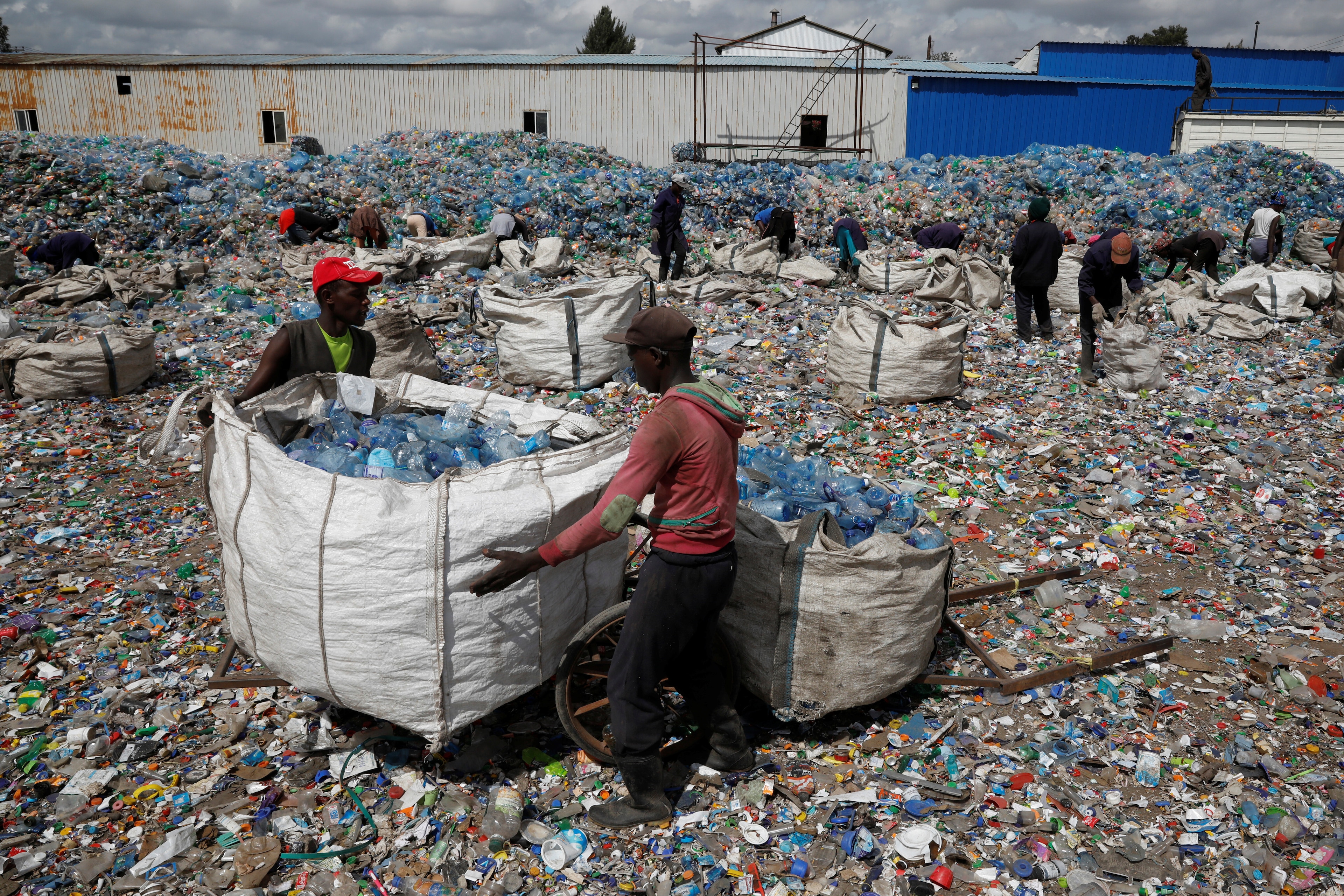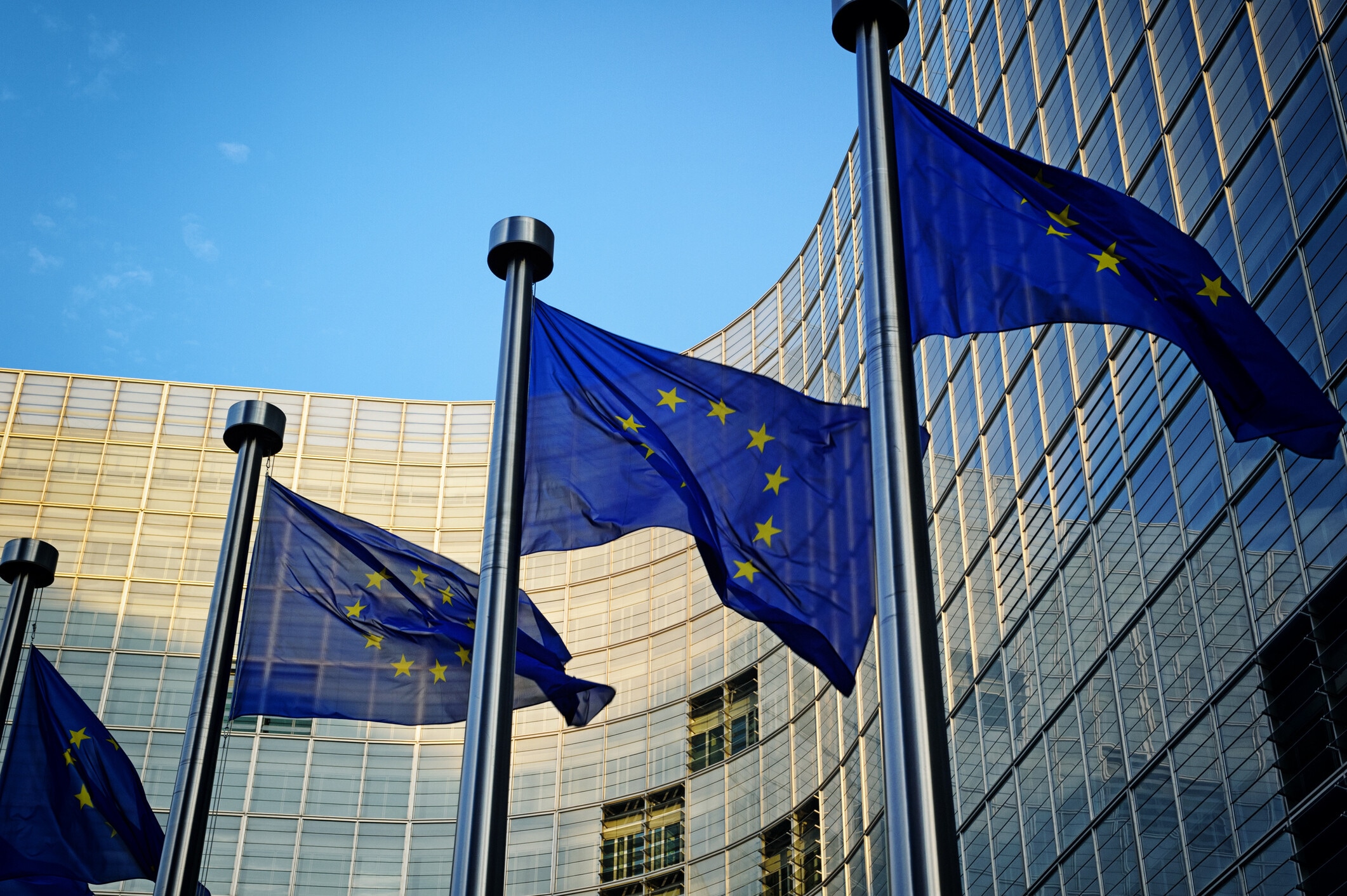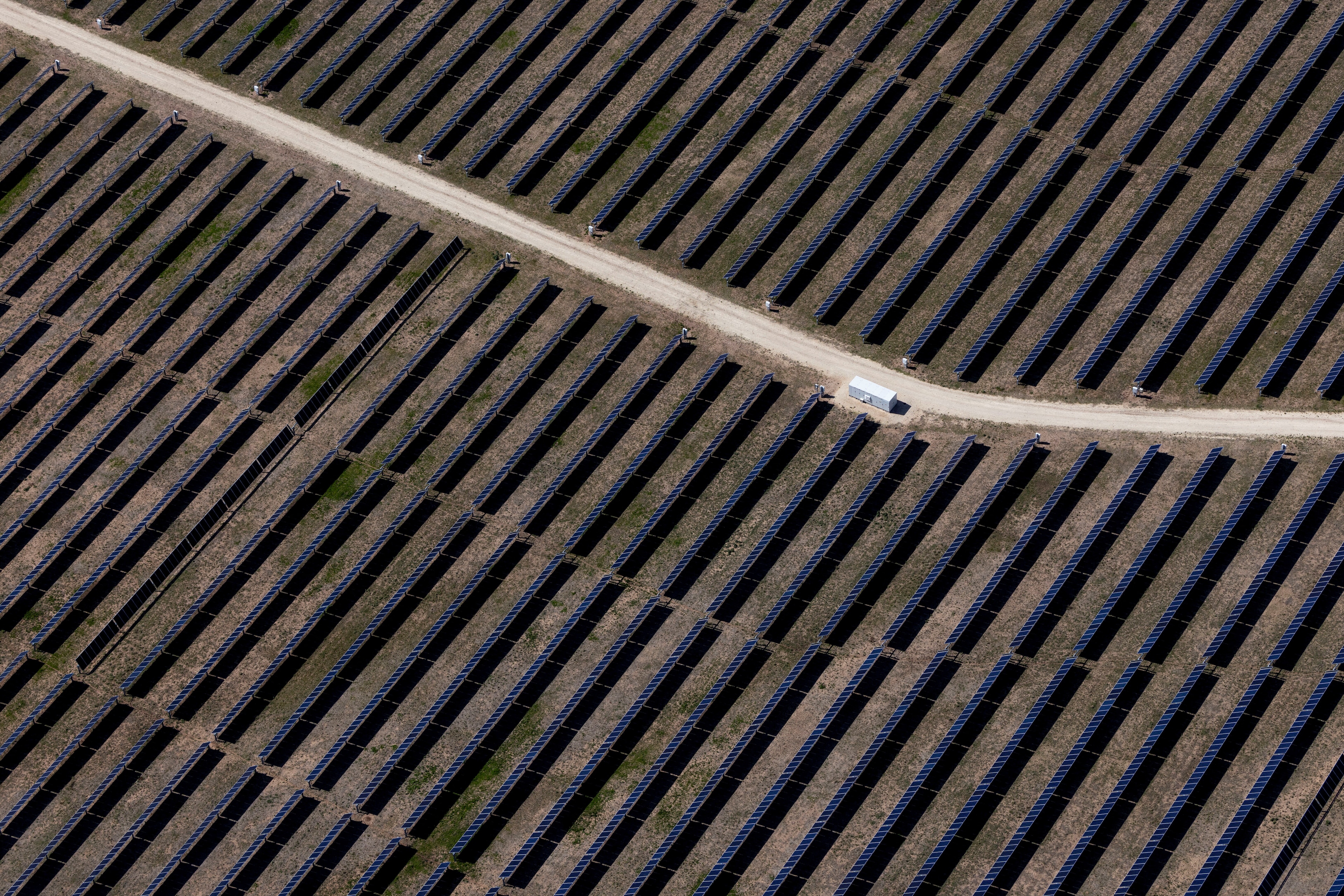The surprising effect aerosols have had on extreme weather in Europe

A reduction in aerosol production in Europe has led to fewer extremely cold days
Image: REUTERS/Darren Staples
Stay up to date:
Plastic Pollution
Over the past 50 years, the occurrence of extremely cold days has decreased throughout Europe and northern Eurasia, which includes Russia. Combining long-term observations with a state-of-the-art climate model revealed what researchers describe as an "unambiguous signature" of the reduction in the release of man-made aerosols over that time. This has caused changes in the wintertime Northern Hemisphere polar jet stream (a swiftly moving channel of air flowing from west to east) and surface-temperature variability during that time.
The work suggests that aerosols, which are solid particles polluting the atmosphere from activities like burning coal, can have a stronger impact on extreme winter weather than greenhouse gases at regional scale, although the relationship between aerosols and extreme weather is complicated to untangle.
"This discovery underscores the importance of understanding the effects of anthropogenic aerosols for accurate climate projection of extreme weather events, which is crucial to formulating climate mitigation and adaption strategies," says Yuan Wang, staff scientist at Caltech and at JPL, which Caltech manages for NASA, and the lead author of a study about the research that was published in Nature Climate Change on February 3.
Wang and his colleagues found that tighter air pollution regulations led to a reduction in atmospheric aerosols, and, as there were fewer particles in the atmosphere to reflect sunlight, this resulted in a local warming effect. Warmer temperatures in Europe led to a stronger temperature gradient between Europe and the North Pole, which in turn helped lock the jet stream into a stable, relatively straight position.
When the jet stream meanders, dipping south, it can carry cold arctic air to more southern latitudes. Some climate models have predicted that the steady increase in the arctic temperature, caused by greenhouse gas–driven global warming, could weaken the jet stream and cause it to meander, but Wang's team has found a more complicated underlying mechanism.
"This tells us that for winter extremes, aerosols have a greater impact than greenhouse gases," says Jonathan Jiang of JPL, co-corresponding author of the Nature Climate Change study, who managed research.
Because China is expected to enact air pollution regulations that will lead to aerosol reductions over the next two to three decades, the model predicts that a similar effect could also be seen over eastern Asia.
The study is titled "Reduced European aerosol emissions suppress winter extremes over northern Eurasia." Co-authors include Yuk Yung, professor of planetary science and JPL senior research scientist; John Seinfeld, the Louis E. Nohl Professor of Chemical Engineering; Caltech graduate student Tianhao Le; Gang Chen of UCLA; and Hui Su of JPL. This research was funded by NASA and the National Science Foundation.
Don't miss any update on this topic
Create a free account and access your personalized content collection with our latest publications and analyses.
License and Republishing
World Economic Forum articles may be republished in accordance with the Creative Commons Attribution-NonCommercial-NoDerivatives 4.0 International Public License, and in accordance with our Terms of Use.
The views expressed in this article are those of the author alone and not the World Economic Forum.
Related topics:
Forum Stories newsletter
Bringing you weekly curated insights and analysis on the global issues that matter.
More on Nature and BiodiversitySee all
Oliver Kade, Sarah Hadley and Judith Ketelslegers
July 28, 2025
Nasim Pour, Sebastien Cross and Joel Gould
July 28, 2025
Elena Raevskikh and Giovanna Di Mauro
July 23, 2025
Arunabha Ghosh and Jane Nelson
July 22, 2025
Sebastian Buckup and Beth Bovis
July 10, 2025






